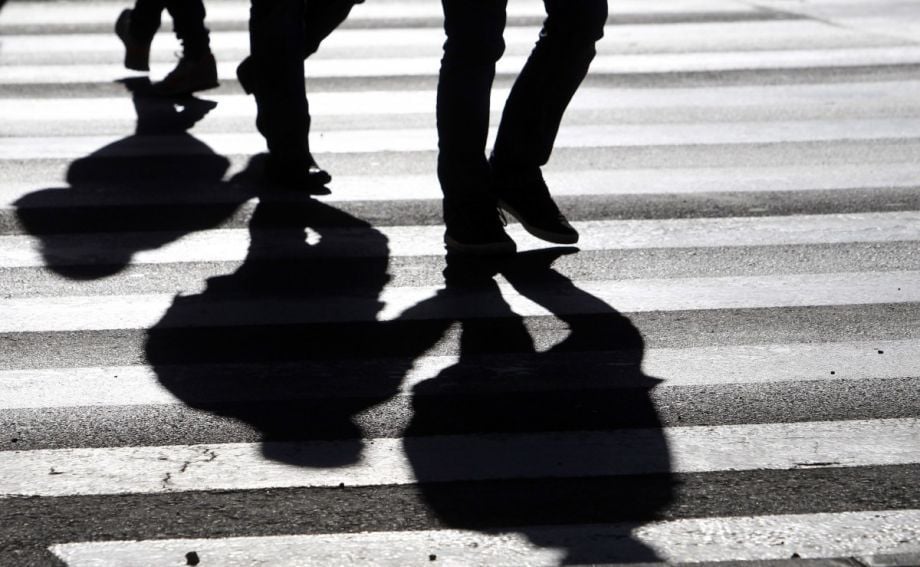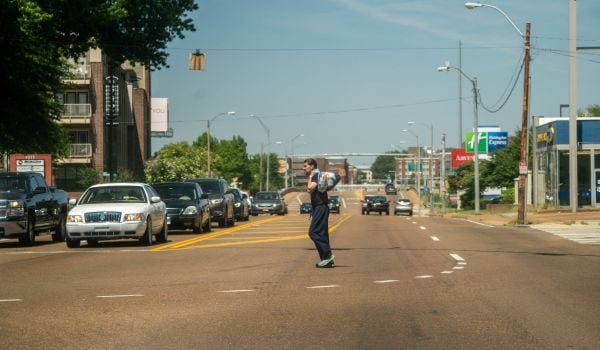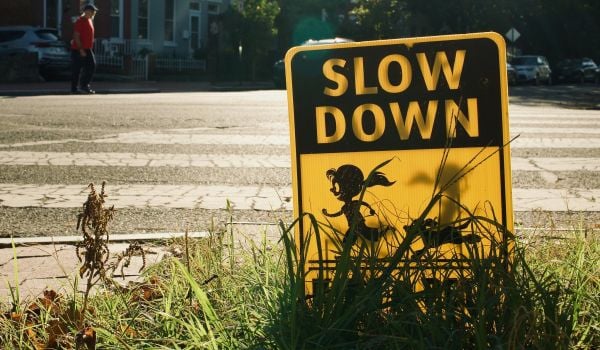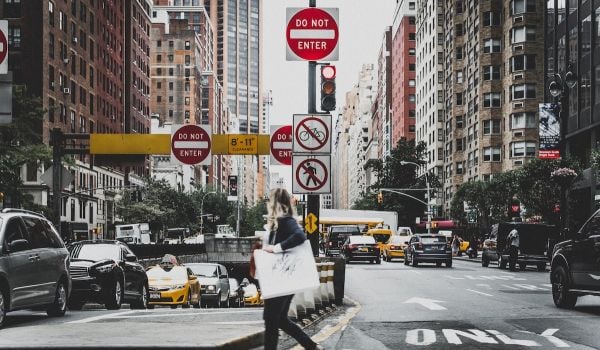Researchers from Portland State University’s Transportation Research and Education Center (TREC) made headlines in 2014 when they found that “walking while black” can have dangerous consequences. The New York Times, Washington Post, Next City and others cited their research, which found that black male pedestrians were passed by twice as many cars and waited nearly a third longer to cross than white pedestrians at marked, but unsignalized crosswalks.
Crossing in marked crosswalks is safer than doing so in unmarked crossings (a 2008 National Highway Traffic Safety Administration report says that only about 9 percent of pedestrian fatalities occur in marked crosswalks). But that doesn’t mean they’re inherently safe. Pedestrians are still putting faith in drivers to stop and yield the right-of-way when they step out into the street. If the unconscious or semi-conscious biases of drivers impact their decision to yield, crossing the street is all the more dangerous for black men.
Now TREC has released the findings from a follow-up study. The researchers expanded their analysis to look at race and gender as well as marked crosswalks and unmarked crossings.
They conducted their study at an intersection in Portland that was getting a marked crosswalk installed. Doing so allowed them to test unmarked versus marked crosswalks without changes in other variables. They used test groups of pedestrians, both black and white, male and female, to see how drivers reacted.
They found that regardless of race or gender, drivers rarely yielded at unmarked crossings, even though Oregon law requires it even when there isn’t a painted crossing. According to the report briefing: “Only in about 18 percent of the trials did a car stop at all, and the first car stopped less than 3 percent of the time.”
Once the painted crosswalk was put in, more drivers yielded, but they did so at different rates depending on gender and race. Women were more likely to have the first car stop for them than men. In keeping with the findings of the 2014 study, white pedestrians were more likely to have the first car stop than black pedestrians were. On average, black men had slightly more cars pass before a driver yielded. Black women had slightly fewer cars pass before stopping on average than white men and women.
The researchers also looked at where the driver stopped, using the crosswalk’s stopping bar at the edge of the intersection as their measuring stick: “With a black pedestrian, cars were more likely to stop after the stop bar, infringing on the pedestrian’s crossing space. With white pedestrians, the cars were leaving more of a buffer for the pedestrian to safely cross.”
“It’s not necessarily that drivers are consciously seeing pedestrians and saying, ‘I’m not going to stop for this group compared to another.’ Instead, the situation tends to reflect implicit or less conscious biases,” says lead researcher Kimberly Kahn of Portland State University.
In addition to furthering their thesis that racial bias impacts pedestrian safety, the researchers say their findings show a need for reducing the perceived discretion drivers have for yielding to people waiting to cross. When there is no crosswalk, drivers assume they have a choice of whether to yield or not — even when there’s a law saying otherwise. With a marked crosswalk in place, there is less perceived discretion.
The researchers conclude that flashing pedestrian signals may help further reduce perceived discretion and bias: “Installing signals like rectangular rapid flash beacons could aid by making drivers feel more compelled to stop for everyone, thereby reducing the effects of racial and gender biases on decisions to yield.”

Josh Cohen is Crosscut’s city reporter covering Seattle government, politics and the issues that shape life in the city.
Follow Josh .(JavaScript must be enabled to view this email address)
















